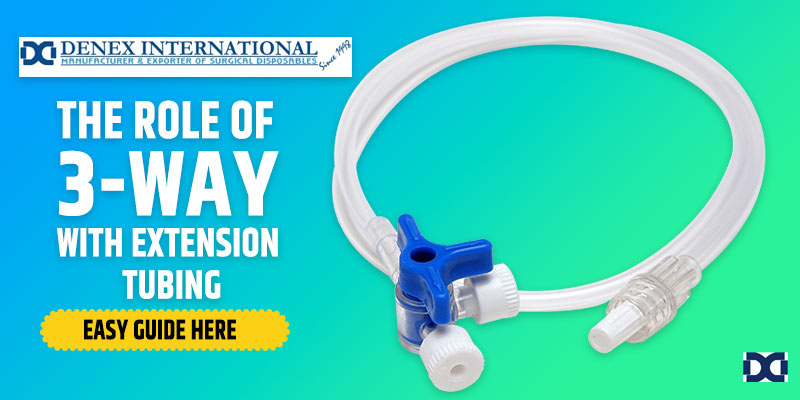Introduction: Cannulas are vital medical devices used for various purposes, from administering medications to drawing blood. One critical aspect often overlooked is selecting the appropriate size and colour of cannulas based on the patient’s age. In this guide, we’ll delve into the significance of Cannula Size and Color According to Age.
Cannula Size and Color According to Age
Cannula size and colour are crucial considerations in medical settings, particularly when administering intravenous (IV) therapy or performing procedures such as blood draws. These factors become even more significant when accounting for the patient’s age. Here’s a breakdown of their importance across different age groups:
Infants and Newborns: Delicate veins necessitate small-gauge cannulas for infants and newborns, typically ranging from 24 to 26 gauge. These cannulas should be colour-coded with a distinct shade to ensure easy identification and prevent accidental misuse.
Children: In pediatric patients, cannula size and colour are crucial in ensuring comfort and safety during medical procedures. Cannulas with slightly larger gauges, around 22 to 24, are commonly employed. Bright, vibrant colours are often chosen to appeal to children and ease anxiety during insertion.
Adults: Adult patients usually require cannulas with larger gauges, typically ranging from 20 to 22, to accommodate their veins’ size and flow requirements. Standardized colour codes, such as green or blue, are utilized for easy recognition and compatibility with medical protocols.
Elderly Patients: As veins may become more fragile with age, selecting the appropriate cannula size is paramount to minimize discomfort and the risk of complications. Cannulas ranging from 20 to 22 gauge are commonly used, with colour codes designed for clear identification, considering potential vision impairments.
Special Considerations:
- Patients with chronic conditions or compromised veins may require customized cannula sizes and colours to ensure optimal performance and patient comfort.
- Healthcare providers should always verify cannula size and colour compatibility with specific medical procedures and patient needs.
- Regular assessment and patient communication regarding cannula placement and comfort are essential for quality care.
Importance of Cannula Size and Color According to Age:
Patient Comfort: Selecting an appropriate cannula size reduces discomfort during insertion while the cannula remains in place.
Minimized Trauma: Using the correct size helps prevent vein damage, infiltration, or extravasation, which is particularly crucial in pediatric patients.
Efficient Workflow: Color-coded cannulas streamline the selection process for healthcare providers, reducing the risk of errors and improving overall efficiency in patient care.
Safety: Ensuring the right size reduces the likelihood of complications such as phlebitis, thrombosis, and infection.
Compliance with Standards: Consistent colour-coding adheres to industry standards, promoting uniformity across healthcare settings and facilitating effective communication among staff members.
Tailoring cannula size and colour to the patient’s age enhances safety, comfort, and efficiency in medical procedures involving vascular access, ultimately contributing to improved patient outcomes and satisfaction.
Conclusion:
Choosing the right cannula size and colour according to age is crucial for ensuring safe and effective medical procedures. By understanding the unique requirements of different age groups, healthcare providers can enhance patient comfort, minimize risks, and improve overall treatment outcomes. Denex International remains committed to providing high-quality IV cannulas tailored to meet the diverse needs of patients across all age groups.







